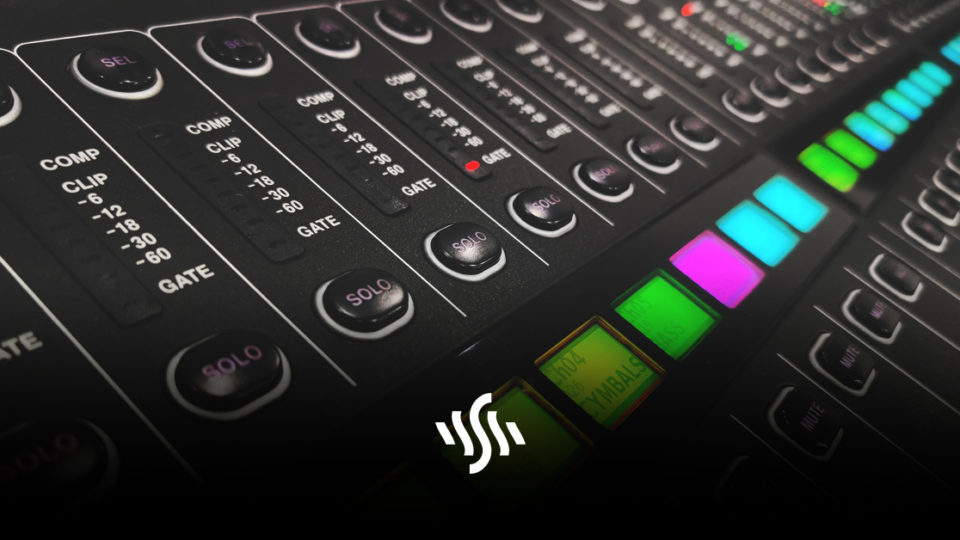How to Simulcast | Reach Bigger Audiences
Not everything is just a numbers game, but there is an element of that in content creation. Let’s take a look at how to simulcast, and optimise the reach of your content!
Saying you want a bigger audience might feel crass, but there are a number of great reasons to want that. You might want to spread an important message that you feel strongly about. Maybe there’s a particular cause that you passionately feel deserves more exposure. In the of education, perhaps you’re keen to share your specialist skills with as many people as possible.
I mean, there’s nothing wrong with wanting to be popular for popularity’s sake either, really.
So, how can you make sure your content reaches the biggest audience possible? There are a bunch of brilliant platforms out there that you can share videos on for free. YouTube is the obvious choice, but you also have social media channels, and even podcasting options for purely audio projects.
If creating content for a number of platforms sounds like too much work, don’t worry, you’re not being lazy or work-shy. It kind of is too much work. That’s where simulcasting comes in.
What Is Simulcasting?
Usually in reference to television or radio, simulcasting is the broadcasting of content across more than one medium, bitrate, or resolution at the same time. A great example of this is a radio channel being broadcast on both FM radio and satellite radio.
In terms of online content creation, simulcasting could mean sharing live video content on both YouTube and Facebook Live simultaneously. The benefit here is you can capture a bigger audience, since some people may prefer one platform to another.
How to Simulcast
The concept is pretty simple, but how do you actually execute a simulcast?
First off, obviously, you’re going to need registered accounts and channels on the platforms you intend to broadcast on.
Now, in order to livestream on multiple platforms, you’ll need to use a programme or software that supports this. Fortunately there are plenty of free or affordable options that allow you to do this. A top choice is OBS Studio. It’s a free, open-source platform that enables you to stream on multiple platforms at the same time.
It’s worth noting that the free plug-in that lets you simulcast on OBS is only available for Windows users. This plug-in is called “Multiple RTMP Outputs”.
Here’s how you can get set up to stream on YouTube and Facebook simultaneously.
- Launch OBS
- Hit View from the upper bar, then select Docks, then Multiple output
- In the bottom right control panel, hit Settings
- Select Stream on the left-hand side, and enter the stream key you will have got from Facebook – this will let you stream directly to Facebook
- Head back to your OBS main page and hit Add new target in order to add YouTube
- In the stream settings, name the folder “YouTube”, then log into your YouTube account in an external browser
- From your channel, hit Go Live, then copy your stream URL
- Paste the URL into OBS next to RTMP Server, and do the same with your stream key next to RTMP Key
- Go down to the bottom right control panel and hit Start Streaming in order to stream to Facebook
- Next, press Start next to where it says YouTube in the settings panel. You’ll now be able to simulcast to both platforms
